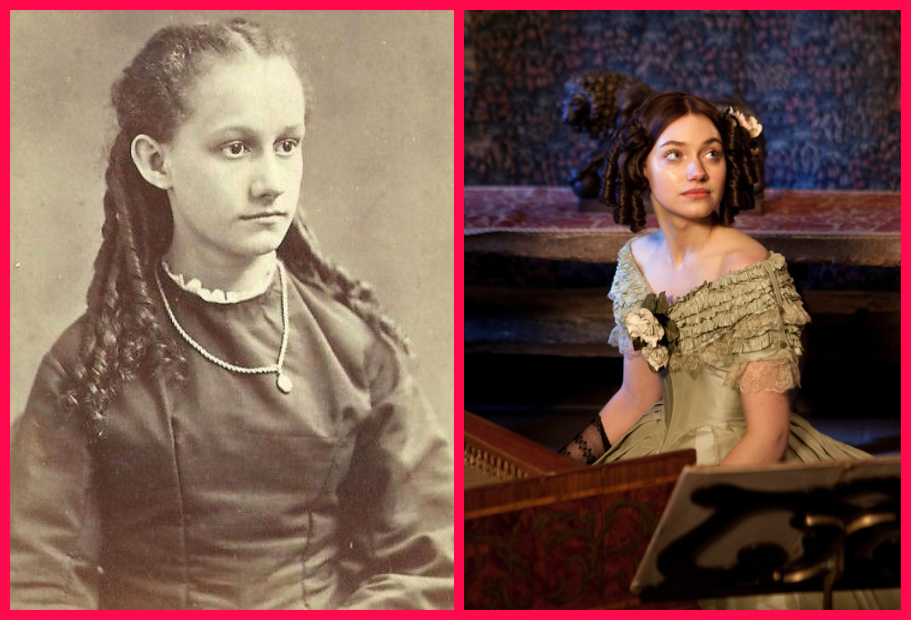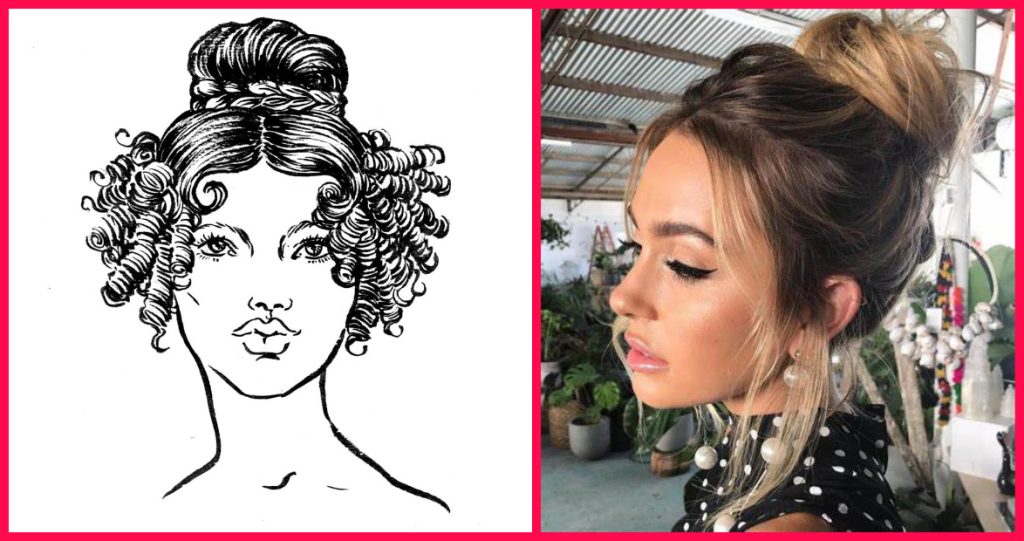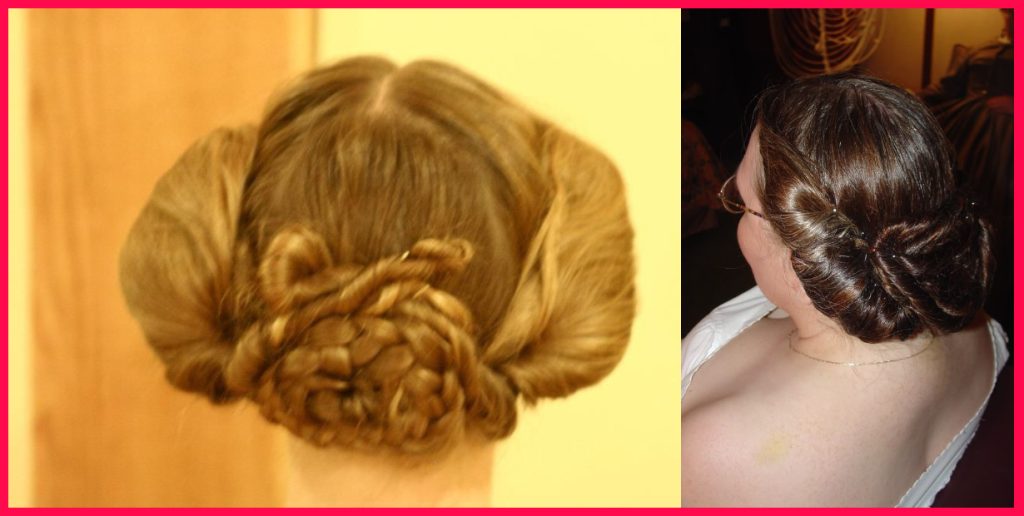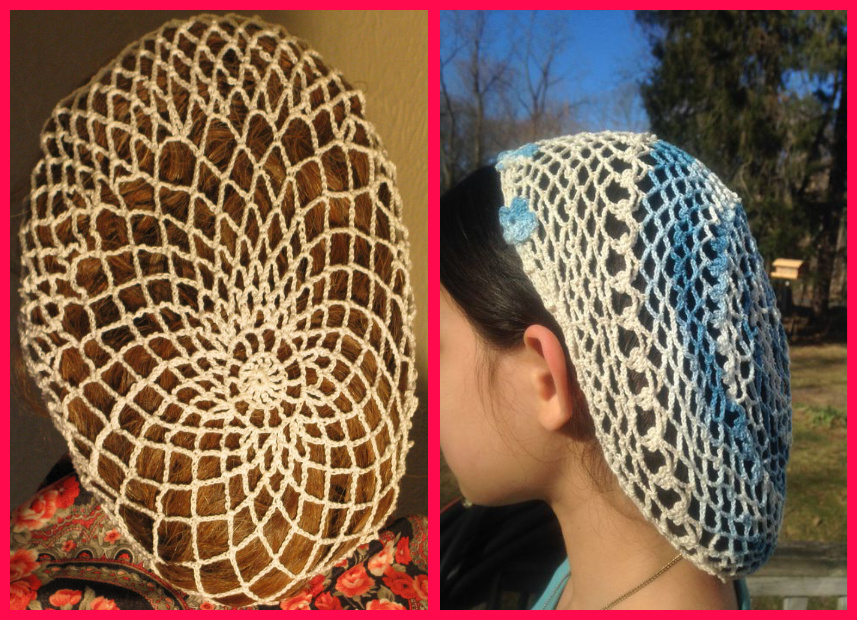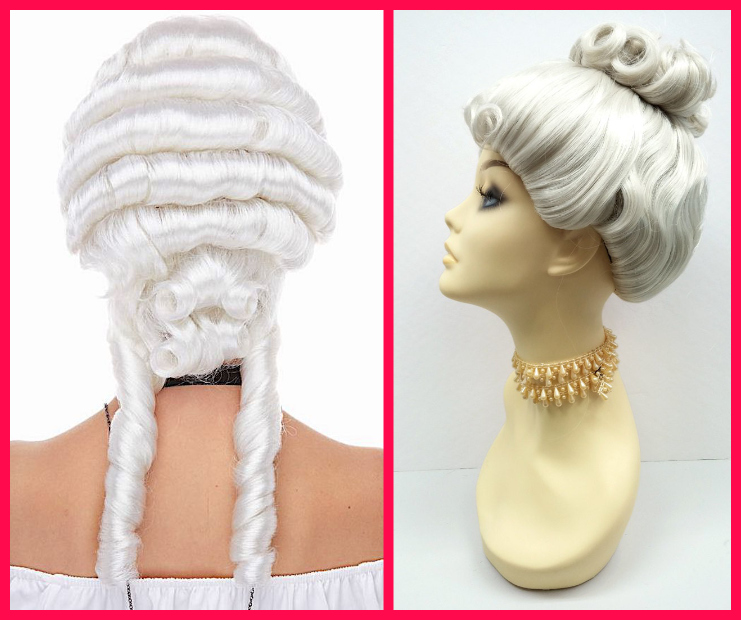If you have long tresses and want to try a new long hair Victorian hairstyle, there are several different types of long styles available for you. Some of the most popular styles include the Ringlet-like ‘barley curls’, Disheveled topknots, Ratts, and a side parting. In this article, we’ll give you the scoop on these and other styles.
Victorian Ringlet-Like ‘Barley Curls’
By the late nineteenth century, the curling of boys’ hair had become a popular fashion statement. Boys wore long hair after being dressed in dresses and breeches. They could even wear a hair bow. The ringlet hairstyle was a popular choice among affluent, home-schooled mothers. However, this hairstyle wasn’t appropriate for everyone.
Ringlet-like ‘barley curl’ hairstyles became more common during the Victorian period. These curls were very flattering, framing the face. Changing dress styles also led to changes in the Victorian hairstyle. Long chignons moved to the back of the head and women began wearing dresses with a full back. The bustle, a popular fashion trend of the 1870s, was a dramatic addition to a woman’s wardrobe.
While Victorian hairstyles tended to be short and sleek, some remained long and curly. Victorian women often used fake hair and pads to create fullness in their hairstyles. Long hair Victorian hairstyles often featured ringlet-like ‘barley curls’ in the center. In addition, long fringes were arranged as a roll on the head. Victorian women wore a clean middle part and occasionally curled the sides. During the 1840s, hairstyles were becoming increasingly feminine and women began to wear ringlet-like ‘barley curls’ in their long locks.
Victorian Disheveled Topknots
In the early Victorian era, hairstyles were incredibly varied. Hairstyles varied from a simple middle part to elaborate pieces of metal. From Jane Birkin to Charles Dana Gibson, these ladies sported a variety of styles. These days, it’s not hard to find a vintage style that will resemble your own! Whether you’re a long-haired woman or just want a little vintage style, you can find one that suits your personality.
If you have long hair, you can try out a disheveled topknot. This hairstyle was popular with the middle class, as it adds volume and body around the face. It also looks great with a ribbon tied through the hair. It’s the perfect style for a high-school or college student. You can use a clip-in extension or faux hair to achieve this look.
This type of Victorian hairstyle is popular with a wide range of hair types. In fact, you can get a top knot on the side of your head that makes you look like a Victorian goddess. You can get a hairstyle like this by going to a professional stylist, who can create the perfect look for you. Alternatively, you can create a Victorian look at home with a few simple steps.
Victorian Ratts
Hair rats are small pads that are applied to long tresses to create a puffed-up silhouette. The technique has been around for centuries and was particularly popular in the Edwardian era. Hair rats were used extensively to create variations of the Pompadour coiffure. They add volume to the hair, giving it a thicker appearance. Here are some examples of Victorian hairstyles using hair ratts.
Traditionally, Victorian women kept their tresses long. They were not known for wearing fringe, which became popular only in the 1890s. Often referred to as “lunatic fringe,” fringes were frowned upon during the Victorian era. Long Victorian hairstyles need your hair to reach about mid-back. If you have shorter hair, you can still sport this style. If you have short or medium-length tresses, you can wear them at any length.
Besides hair “ratts,” Victorian ladies also used other hair accessories, such as fake pigtails. The pigtails of the period were often adorned with a variety of decorative hair accessories. A ratt was made by stuffing a sheer hair net with hair. The hair net was then secured with pins. Another method of making hair “ratts” was to use a crimped wire in a dish.
Victorian Hair Nets
There are several reasons why women choose to wear a hair net. For one, it can make long hair look more voluminous. Secondly, the hairnet keeps it in shape. In damp weather or if the hair is gray, it can be a great way to prevent it from getting frizzy or tangly. And third, it can add extra texture and volume to your hair. If you’re not comfortable wearing a hair net, consider using dry shampoo and adding some volume to your locks.
Long hair Victorian women who could afford to wear a hair net wore their hair up in a simple chignon. To do this, they would need only a few pins or a silk hair net. In addition to chignons, there were invisible hair nets available during the 1860s. These were usually made in the same colors as the lady’s hair. These were convenient for keeping stray strands of hair in one place. Additionally, they would allow the hair to stay out of the way of others. This is one reason why Sylvia wore a hair net when she was riding her horse.
In the 1880s, pompadours made their appearance. They were often accompanied by bangs. Later, frizzy bangs became popular and middle parts were discarded. Hair nets for long hair also played a major role in Victorian hairstyles. For example, women wore hair nets to keep their hair from tangling in their heads. Hair nets were also used to protect their hair from the wind.
Victorian Wigs
While Victorian wigs for long hair may be hard to imagine today, they do have a rich and fascinating history. The Victorian era saw some of the most spectacular hair styles in history, and these were often adorned with jewels and ribbons. The infamous “a la Fregate” style was also introduced in this century. Unlike today, women seldom wore entire wigs, but rather, hired professional hairdressers to add fake hair to their own. The false hair was usually held in place with lard, as lard attracted rats.
Wigs were worn by the rich and famous to show off their wealth and beauty. In France, wigs were a symbol of nobility and privilege. The removal of perukes accompanied the restoration of the monarchy and nobility in 1789, and a tax on wig powder put a stop to the practice. However, wigs continued to be worn throughout the era, and many women continued to wear them for social status purposes.
The invention of wigs for long hair dates back to the 17th century. French king Louis XIV became famous for his overly-styled hair. The King commissioned over 300 royal portraits of himself. His vanity made him think of himself as a powerful leader, so he used wigs to replicate his look. But this was not the only reason why men wore wigs: they could be a great fashion statement in their own right.
Hair Powder
In the 18th century, many women preferred hair powder to weaved wigs. The use of wigs was associated with older men, and the kings and aristocrats avoided the look entirely. However, in the 1790s, the taxation of hair powder hit the industry hard. In 1786, William Pitt the Younger placed a sales tax on hair powder. This tax made users pay a full guinea per year, a price that was too high for those who wanted to look fashionable.
Women in the 18th century also sported a variety of hairstyles. Hair was typically curled, brushed, or frizzed. Hairstyles were made more sophisticated by adding decorative pins or tiaras. These ornaments were called pompoms and were named after Mme de Pompadour. Height hairstyles became fashionable in the 1760s and spanned up to half the length of the face. Women in England tended to wear hairstyles that were simpler than those of French women. However, portraiture of the era shows that women in France frequently applied white powder to their hair.
For Victorian women, hair powder was a necessity. Men and women powdered their hair to prevent it from smelling bad. King Henry IV of France introduced powdering to France in 1589. The powder, a white substance, was more effective than dye, which is why white powder was used for hair. Hair powdered wigs were expensive, so the powder was an economical alternative. Unlike dye, powder was harmless and non-destructive.
FAQ
What Were Victorian Hairstyles Called?
Victorian women wore hair up in buns, curls, and updos. They also sometimes wore their hair with flowers or in waves. You can try to replicate their styles today by reading about their history in fashion books.

